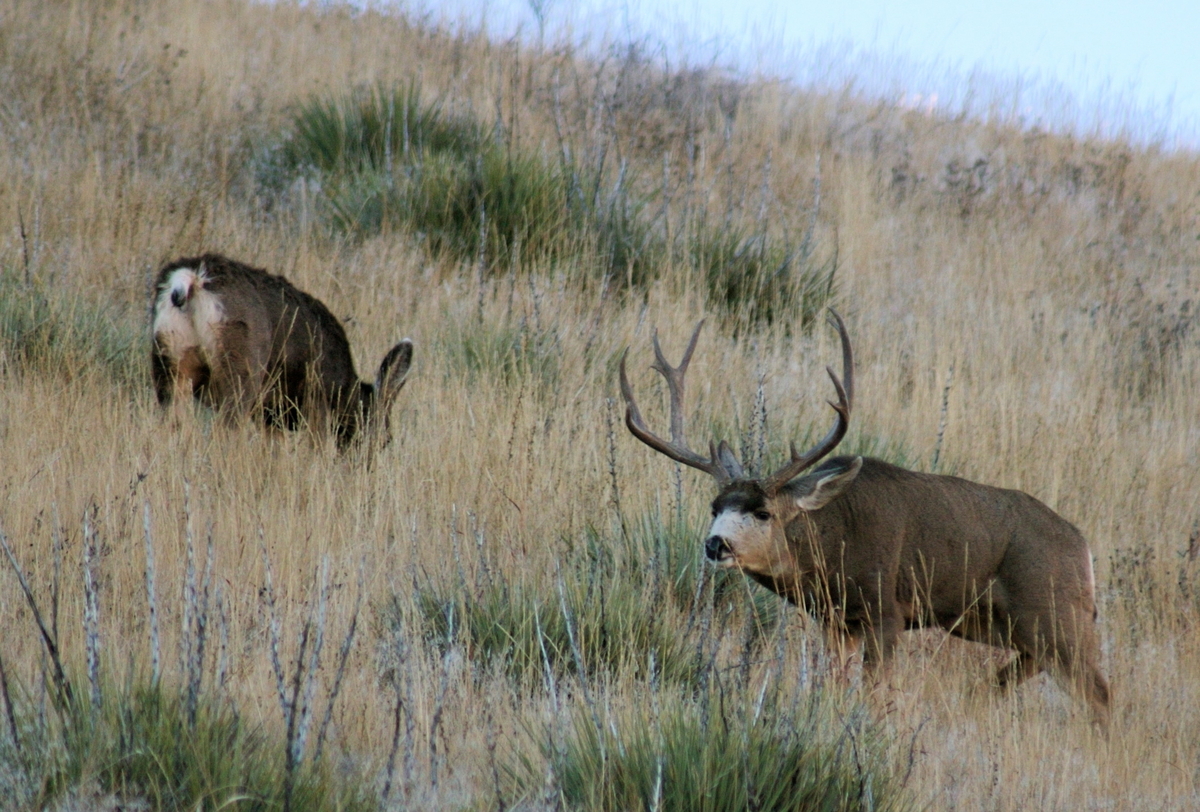Below is a news release from the province of British Columbia, Canada.
The province is responding to the first cases of chronic wasting disease in British Columbia, found in two deer samples from the Kootenay Region.
Chronic wasting disease is an infectious and fatal disease affecting species in the cervid family, such as deer, elk, moose and caribou.
There is no direct evidence that the disease can be transmitted to humans and there have been no cases of the disease in humans. However, to prevent any potential risk of transmission or illness, Health Canada and the World Health Organization recommend people not eat meat or other parts of an animal infected with chronic wasting disease.
Anyone who sees a deer, elk, moose or caribou exhibiting any symptoms – weight loss, drooling, poor coordination, stumbling, or generally sick with no obvious reason – is asked to report it the to the 24/7 Report All Poachers and Polluters Line (1 877 952-7277) or the B.C. Wildlife Health Program.
The two cases were identified south of Cranbrook. The first sample was from a harvested adult male mule deer. The second sample was from an adult female white-tailed deer that was struck on the road. The diagnosis was confirmed by the Canadian Food Inspection Agency reference laboratory on Jan. 31, 2024.
In response to the disease being detected in neighboring jurisdictions, the Province established a surveillance and response plan for chronic wasting disease to lessen the risk of the disease spreading in B.C.
In accordance with the surveillance and response plan, the provincial wildlife veterinarian is leading the response with support and input from the chronic wasting disease advisory committee and regional working groups, which include First Nations, stakeholders, experts on chronic wasting disease and other partners.
Early response activities will be delivered within an initial response area (10-kilometre radius from confirmed case) and will focus on confirming details of the situation and minimizing disease transmission and spread. People in the initial response area should remain attentive for further directions, including deer feeding in the area and the handling of carcasses.
(Photo credit: Rocky Mountain Elk Foundation)
